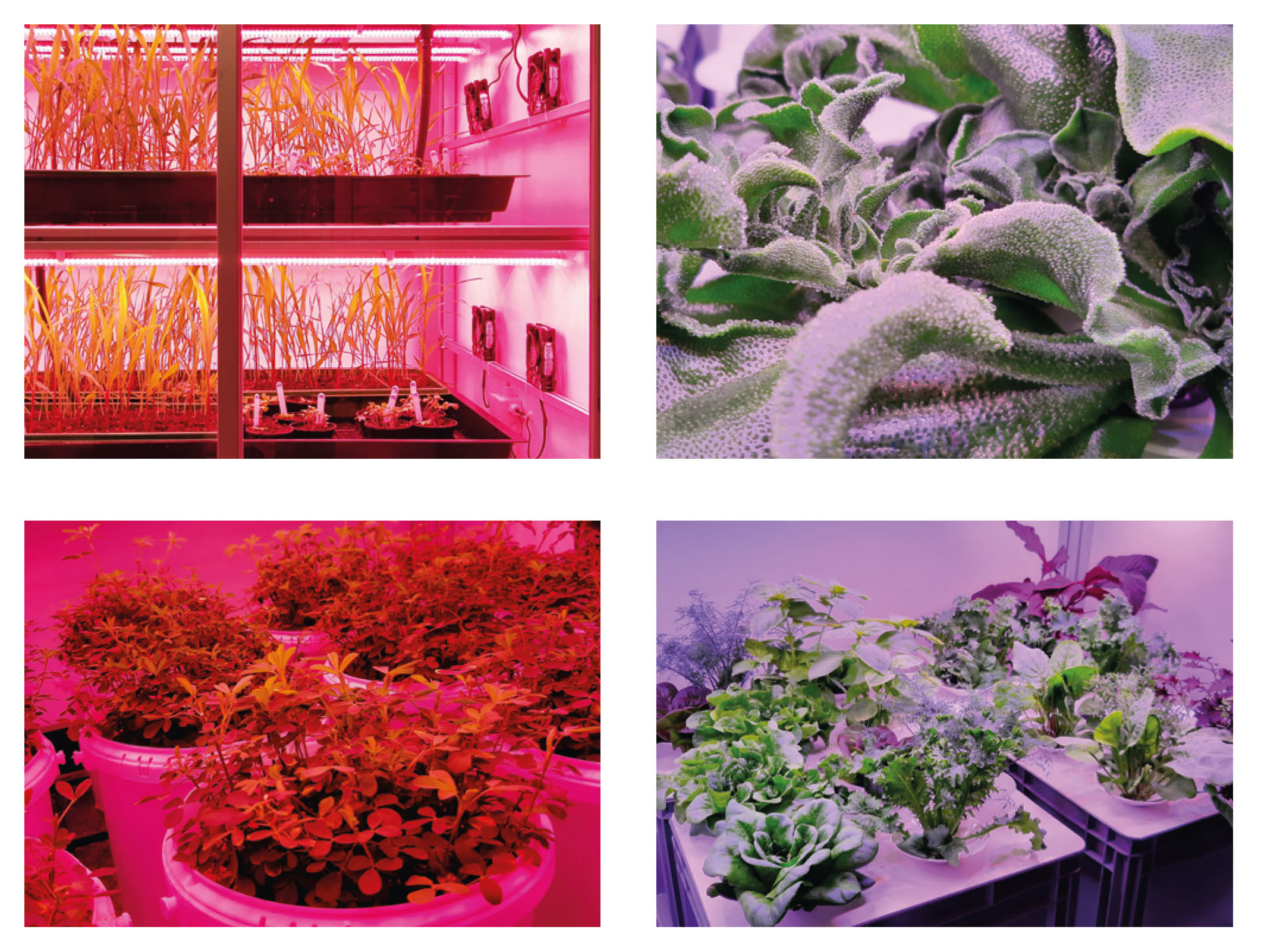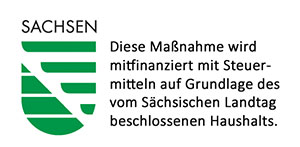
Standardized evaluation of the effect of nutrient recyclates on plant growth
Current research


The scarcity of resources and agricultural land as well as the growing world population are global challenges that require new, sustainable ways to create value. For instance, regional nutrient recyclates could potentially replace conventional phosphorus and nitrogen fertilizers. In the context of plant production, this would call for nutrient availability testing and toxicity analyses of the recyclates obtained from residual materials, such as sewage sludge ash or manure. The interaction between substrate, added nutrients and plants as well as potential anthropogenic contamination can be described in standardized plant growth tests. The established practical methods for such tests are either pot trials in greenhouses or field trials, both of which are time-consuming (up to several growth periods). Due to volatile growth conditions, such as light intensity, soil conditions or weather influences, the results are often difficult to differentiate, and any statistical evaluation of different trials is necessarily limited.
To enable the rapid and reproducible evaluation of primary products, recyclates and fertilizer products, standardized test beds were developed and set up within the two projects “DreiSATS” and “NutriTest” to carry out reproducible plant trials independently of the seasons. Additionally, the project team established standardized investigation methods, which allow for both in-project screening and reproducible results during product definition and quality monitoring – independent of vegetation periods, weather effects and site conditions. The test beds allow for a defined control and regulation of the influential growth parameters of light intensity, photoperiod, temperature, wind speed and humidity. Influencing factors of plant growth can thus be related to the effects of the fertilizers or recyclates and be statistically evaluated.
During the growth period, the plants are supplied with the material to be tested in various dosing levels. Any missing nutrients are supplied as needed through appropriate solutions. Test cycles may last from 12 to 22 weeks. The buffering effect usually caused by soils and the microbiome within them can be reduced as far as possible by using inert or nutrientpoor special substrates.
At the end of the trial, in addition to the suitability test, the fertilizer effect of the nutrient recyclates when compared with conventional mineral fertilizers is also specified as a mineral fertilizer equivalent value for the nutrients nitrogen and phosphorus.
Services and cooperation offered
- Standardized evaluation and advice on the use of recyclates and fertilizer products
- Development of processes for the extraction of nutrient recyclates from organic residues
- Evaluation of organic residues with regard to material and energy recovery
Supported by


